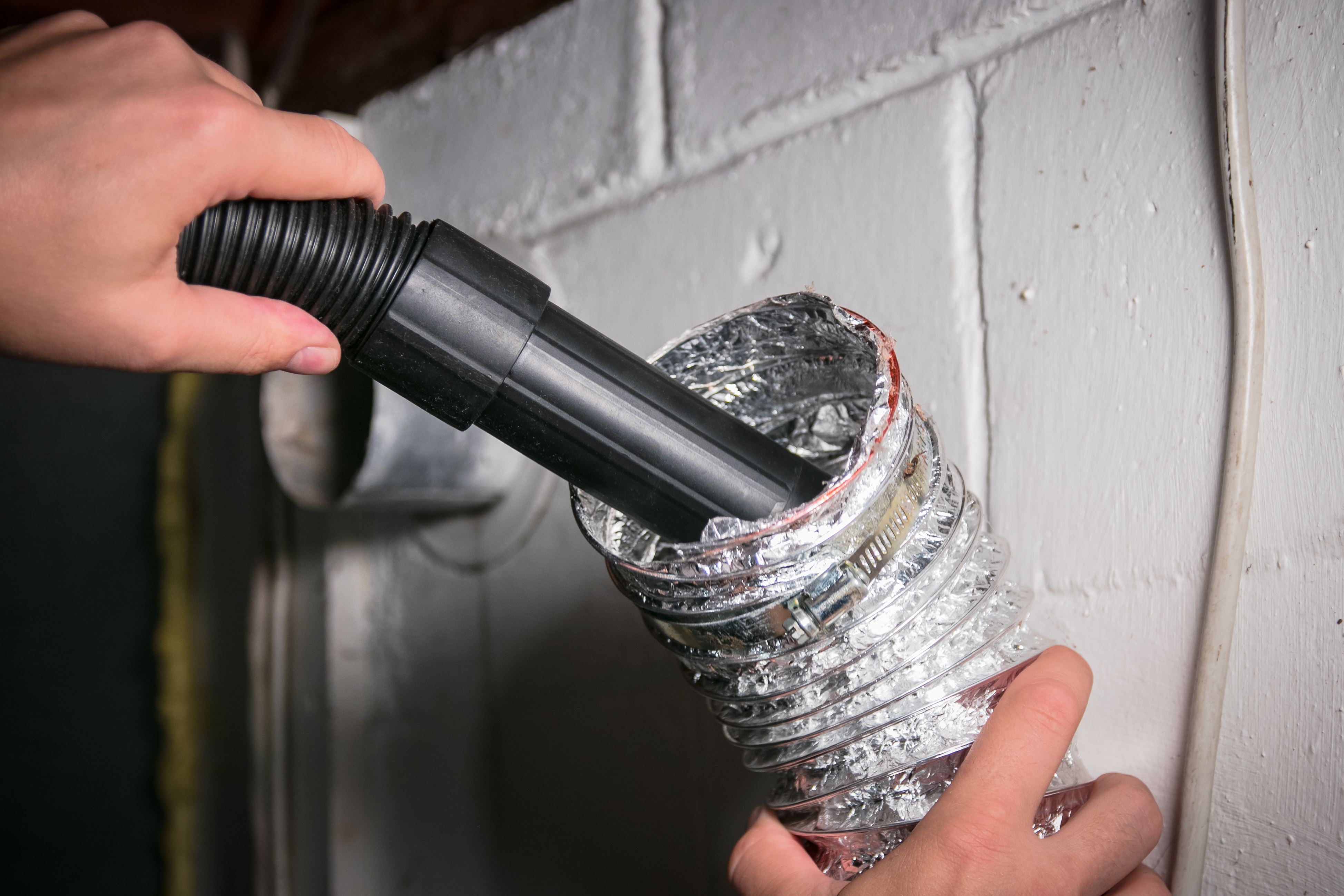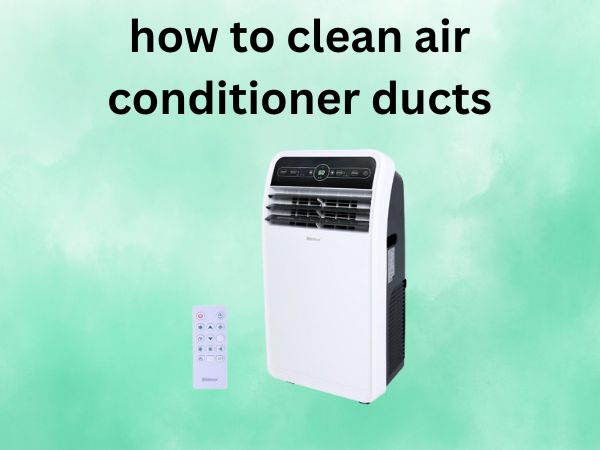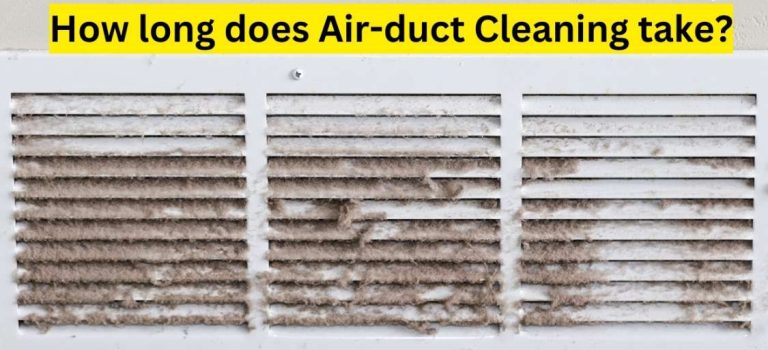How To Clean Air Conditioner Ducts

Indoor air quality (IAQ) is more important than ever. Pollutants like dust, pollen, mold spores, and even volatile organic compounds (VOCs) can accumulate in your air conditioning ducts, impacting your health and the efficiency of your HVAC system. Knowing how to properly clean your air conditioner ducts is essential for homeowners, HVAC technicians, and facility managers alike. This article provides a comprehensive guide to the process, covering everything from when to clean your ducts to the equipment needed and the steps involved.
When to Consider Duct Cleaning
Duct cleaning isn't always necessary, and over-cleaning can even damage your ductwork. However, certain situations warrant a thorough inspection and potential cleaning. Consider duct cleaning if:
- Visible Mold Growth: If you can see mold growing inside your ducts or on other HVAC components, cleaning is crucial. Mold can trigger allergies and respiratory problems. Consult with a qualified mold remediation specialist.
- Vermin Infestation: Rodents or insects in your ductwork can leave behind droppings and debris, contaminating the air.
- Excessive Dust and Debris: If you notice a significant buildup of dust and debris, even after changing your air filter regularly, it's time for a cleaning. This is especially true if you have allergies or respiratory sensitivities.
- Recent Home Renovation: Construction projects generate a lot of dust and debris that can easily enter your ductwork.
- Unexplained Illness or Allergy Symptoms: If you experience persistent allergy symptoms or respiratory issues and suspect your air ducts are to blame, cleaning may provide relief.
- New Home Purchase: Cleaning the ducts of a newly purchased home ensures a fresh start and eliminates potential contaminants left behind by previous owners.
Tools and Equipment
The tools required for cleaning air conditioner ducts vary depending on the size and complexity of the ductwork. Homeowners attempting DIY cleaning will need a different set of tools compared to professional HVAC technicians. Here's a breakdown:
For Homeowners (Light Cleaning)
- Screwdriver: For removing vent covers.
- Vacuum Cleaner with Hose Attachment: To remove loose dust and debris from accessible areas. A vacuum with a HEPA filter is recommended to prevent recirculating allergens.
- Brush Attachment: For scrubbing vent covers.
- Antimicrobial Spray (Optional): For sanitizing vent covers after cleaning.
- Face Mask and Gloves: For personal protection.
For HVAC Technicians and Facility Managers (Professional Cleaning)
- Powerful Vacuum System with HEPA Filtration: A specialized vacuum system designed to handle large volumes of dust and debris. These systems often use negative air pressure to prevent contaminants from escaping into the building.
- Rotary Brush System: A motorized brush system that scrubs the interior of the ducts, loosening debris. Different brush sizes and types are available for various duct shapes and materials.
- Air Compressor: Used to power the rotary brush system and other cleaning tools.
- Air Whips or Air Skips: Flexible tools that use compressed air to dislodge debris from hard-to-reach areas.
- Video Inspection System: A camera system that allows you to visually inspect the ducts before and after cleaning to ensure thoroughness.
- Sealant (Optional): For sealing any small holes or leaks in the ductwork after cleaning.
- Personal Protective Equipment (PPE): Including respirators, gloves, eye protection, and protective clothing.
The Duct Cleaning Process: Step-by-Step
The duct cleaning process involves several key steps to ensure effective removal of contaminants. Here's a detailed overview:
- Inspection: Before beginning, thoroughly inspect the ductwork for any visible signs of damage, mold growth, or vermin infestation. Use a video inspection system if available. Document the condition of the ducts with photos or video.
- Preparation: Seal off vents and registers in the areas being cleaned to prevent dust and debris from escaping. Protect furniture and flooring with drop cloths.
- Access: Create access points in the ductwork for the vacuum system and cleaning tools. These access points may already exist, or you may need to cut small holes in the ducts.
- Cleaning: Use the vacuum system to create negative air pressure in the ductwork. Then, use the rotary brush system, air whips, or air skips to dislodge debris from the interior surfaces of the ducts. Work systematically, cleaning one section of the ductwork at a time.
- Sanitization (Optional): After cleaning, you can apply a EPA-registered antimicrobial sealant to the interior of the ducts to kill any remaining bacteria or mold spores. This is not always necessary and should only be done if recommended by a qualified professional.
- Sealing: Seal any access points that were created during the cleaning process. Use duct tape or a specialized sealant to ensure an airtight seal.
- Final Inspection: After cleaning and sealing, perform a final inspection of the ductwork to ensure that all debris has been removed and that the ducts are properly sealed. Use the video inspection system to verify the results.
- Vent and Register Cleaning: Remove vent covers and registers and clean them thoroughly with soap and water. Sanitize them with an antimicrobial spray if desired. Allow them to dry completely before reinstalling.
- System Check: After cleaning, turn on your HVAC system and check for proper airflow and operation.
DIY vs. Professional Duct Cleaning
While homeowners can perform some basic duct cleaning tasks, professional duct cleaning offers several advantages. A homeowner can clean the vent covers and vacuum the immediate duct openings. However, the deep recesses require specialized equipment.
DIY Duct Cleaning
Pros:
- Lower cost.
- Convenient.
Cons:
- Limited effectiveness.
- Potential for damage to ductwork.
- May not address the root cause of the problem.
Professional Duct Cleaning
Pros:
- More thorough cleaning.
- Use of specialized equipment.
- Identification and resolution of underlying issues.
- Reduced risk of damage to ductwork.
Cons:
- Higher cost.
- Requires scheduling an appointment.
Cost: Professional duct cleaning costs can vary widely depending on the size of your home, the complexity of your ductwork, and the location of your HVAC system. Expect to pay anywhere from $300 to $1000 or more.
Maintaining Clean Air Ducts
Once your air ducts are clean, it's important to take steps to prevent them from becoming contaminated again. Here are some tips:
- Regularly Change Air Filters: Change your air filter every 1-3 months, depending on the type of filter and the amount of dust and debris in your home.
- Seal Leaks in Ductwork: Seal any leaks or cracks in your ductwork to prevent dust and debris from entering.
- Control Humidity: Maintain proper humidity levels in your home to prevent mold growth.
- Clean Regularly: Vacuum and dust your home regularly to reduce the amount of dust and debris that can enter your ductwork.
- Consider an Air Purifier: An air purifier can help remove dust, pollen, and other pollutants from the air, reducing the amount of contaminants that enter your ductwork.
By following these tips and guidelines, you can ensure that your air conditioner ducts remain clean and contribute to a healthier and more comfortable indoor environment. Remember, regular maintenance and professional cleaning when necessary are key to maximizing the efficiency and lifespan of your HVAC system and protecting your health.










